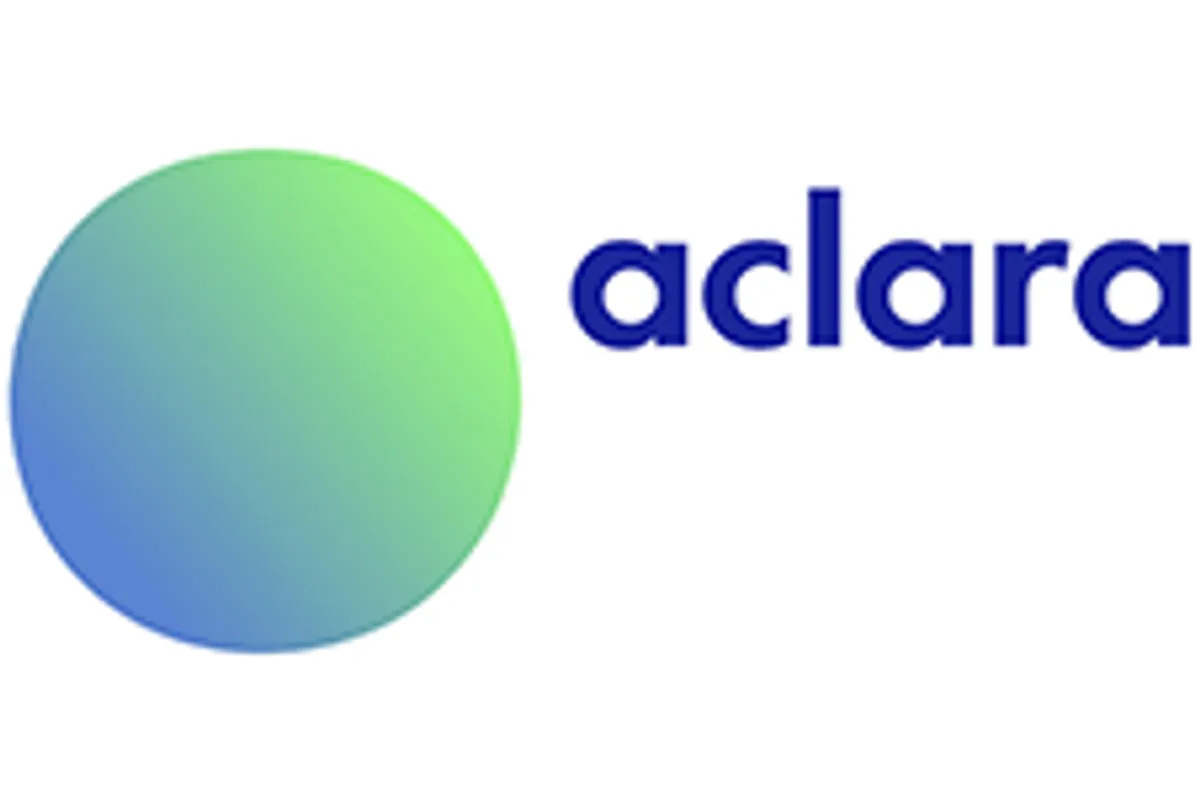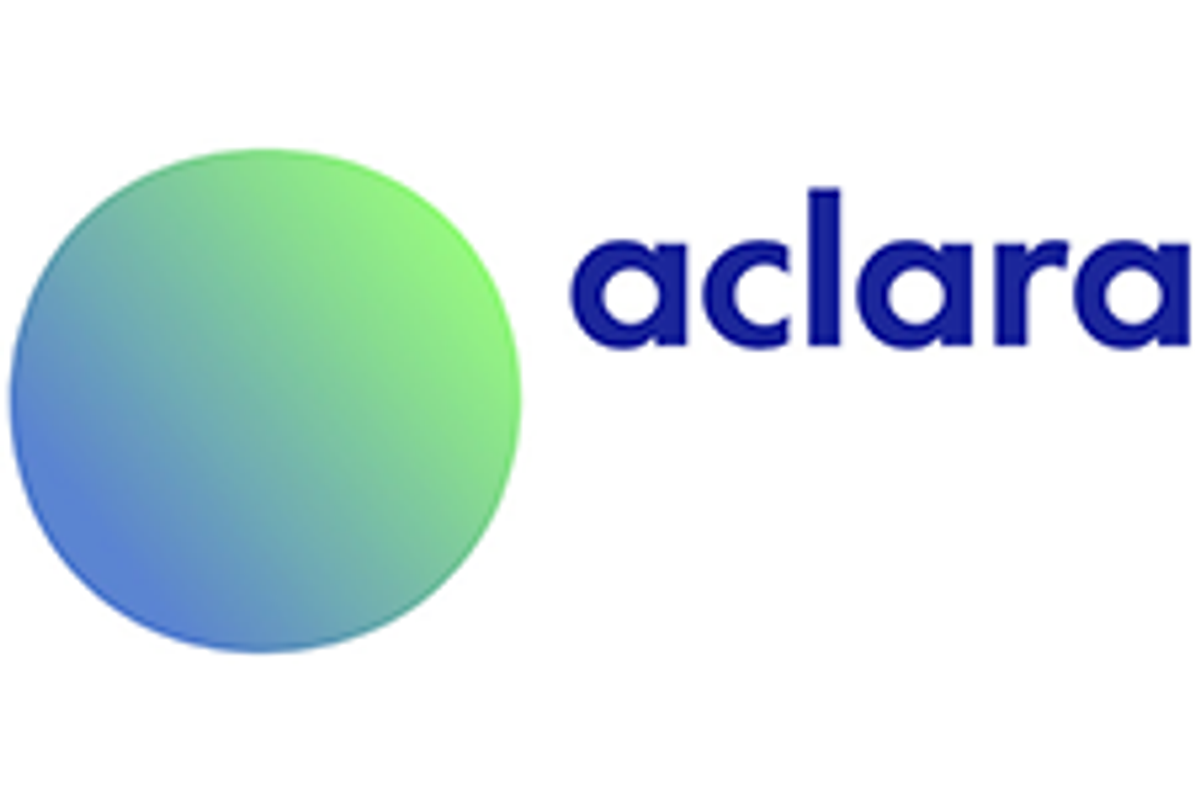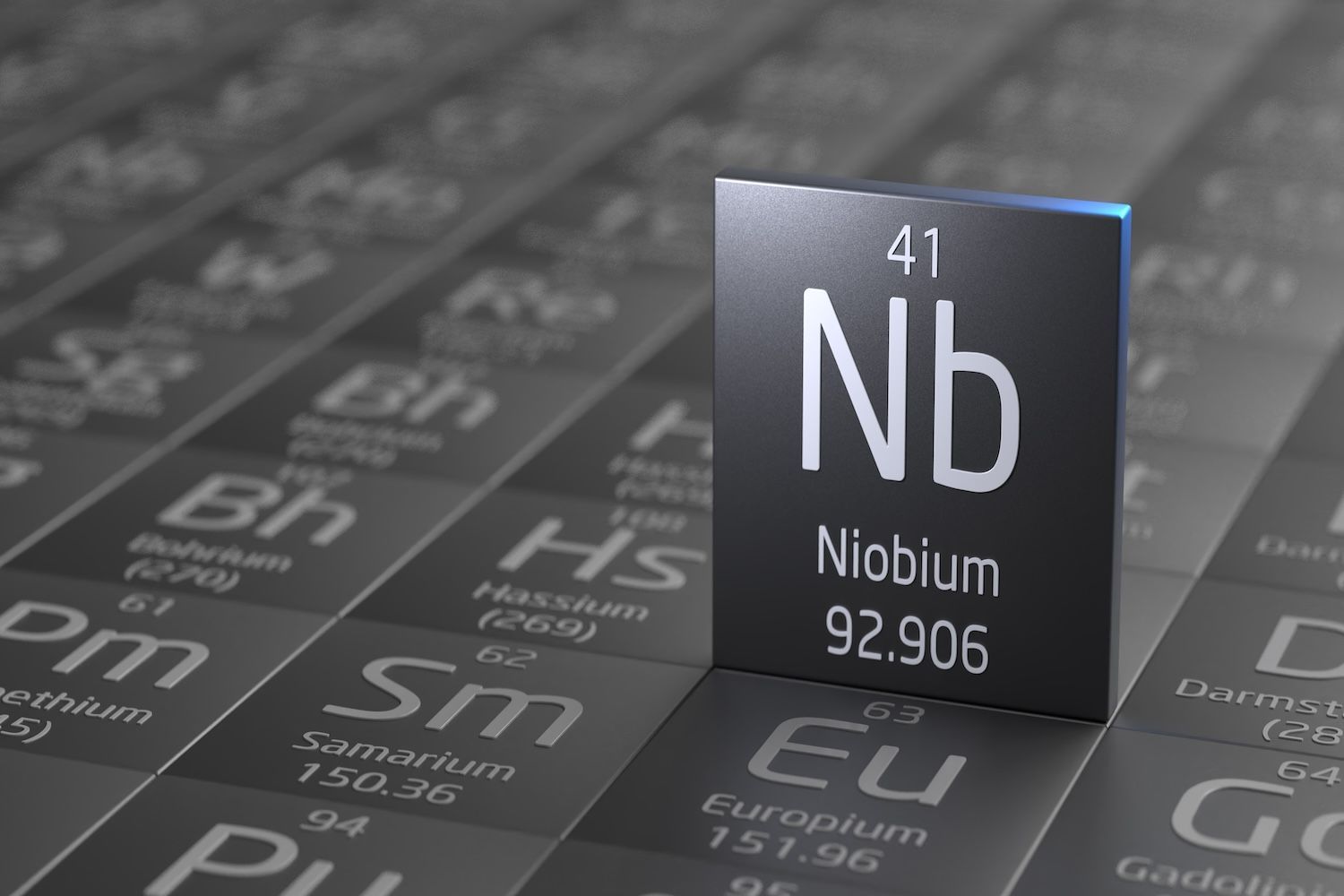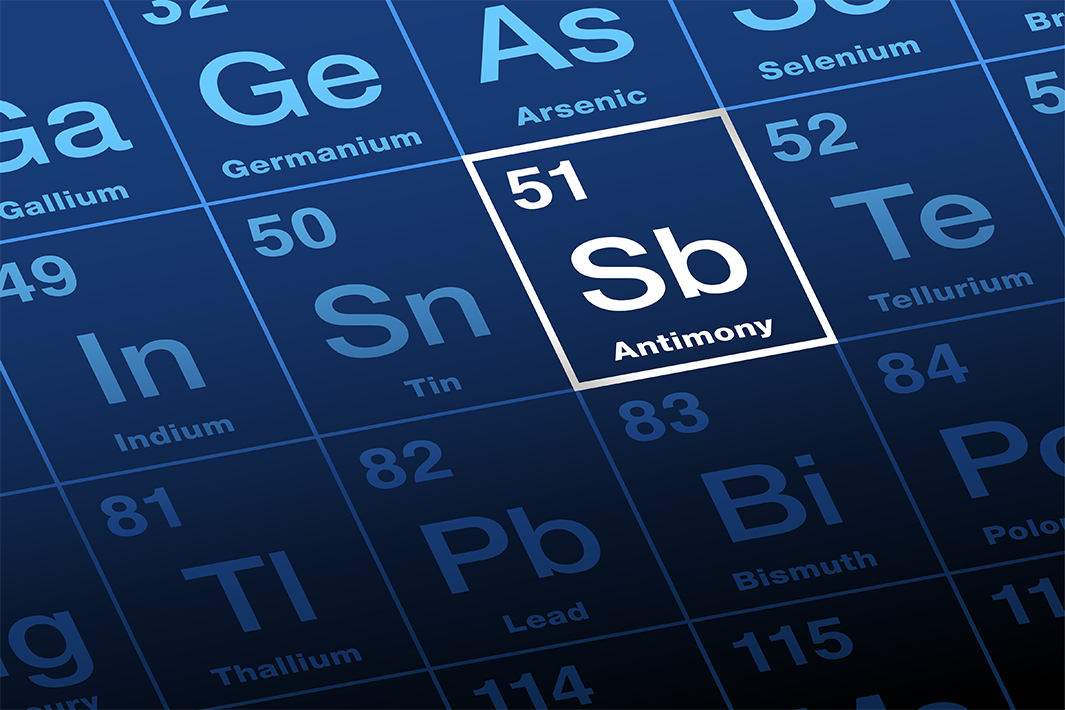
Aclara Resources Inc. ("Aclara" or the "Company") (TSX:ARA) is pleased to announce that its Chilean subsidiary, REE Uno, has been awarded a research, development and innovation grant of US$ 730,000 from the Innovation Management Division of the Chilean Economic Development Agency ("CORFO") to implement and further develop a new exploration technology using artificial intelligence ("AI") models. Combined with Aclara's own investment, the initiative will have total funding of approximately US$ 1.0 million
This initiative harnesses advanced multi-variable machine learning models to analyze and interpret complex data, revolutionizing rare earth element ("REE") exploration, particularly associated with ionic clay deposits. The algorithms are designed to process large volumes of geological and geospatial data generated both internally as well as acquired from third parties, all of which is stored and organized within a centralized database developed by Aclara.
This AI system enables real-time analysis of the databases, while simultaneously integrating field data developed by Aclara's Exploration Team. The combination of powerful data processing, adjusted by geological interpretation capabilities, allows the Company to thoroughly evaluate large areas of land for potential REE mineralization hosted in ionic clays. By rapidly processing very large datasets, this technology aims to identify high potential exploration targets while optimizing operational efficiency, reducing costs, and minimizing environmental impact.
Ramón Barúa, Aclara's CEO, stated:
"Aclara has long championed innovation and has been using AI tools for some time. We are convinced that the early adoption of AI is critical to developing a sustainable competitive advantage. The CORFO funding will allow us to increase the speed of development of a specific AI model to generate high potential exploration targets. Although Aclara already owns and is currently developing two world-class ionic clay deposits, the Company remains committed to greenfield exploration to add new assets to its portfolio. Currently, our Data Science Team collaborates closely with our Exploration Team, to advance the in-house developed AI models. These models have already successfully identified and defined exploration targets within timeframes and costs that were unthinkable without these high-tech tools. We are very excited about the possibilities that open-up to Aclara through the use of AI technologies."
About Aclara
Aclara Resources Inc. (TSX: ARA) is a development-stage company that focuses on heavy rare earth mineral resources hosted in Ion-Adsorption Clay deposits. The Company's rare earth mineral resource development projects include the Penco Module in the Bio-Bio Region of Chile and the Carina Module in the State of Goiás, Brazil.
Aclara's rare earth extraction process offers several environmentally attractive features. Circular mineral harvesting does not involve blasting, crushing, or milling, and therefore does not generate tailings and eliminates the need for a tailings storage facility. The extraction process developed by Aclara minimizes water consumption through high levels of water recirculation made possible by the inclusion of a water treatment facility within its patented process design. The ionic clay feedstock is amenable to leaching with a common fertilizer main reagent, ammonium sulfate. In addition to the development of the Penco Module and the Carina Module, the Company will continue to identify and evaluate opportunities to increase future production of heavy rare earths through greenfield exploration programs and the development of additional projects within the Company's current concessions in Brazil, Chile, and Peru.
Aclara has decided to vertically integrate its rare earths concentrate production towards the manufacturing of rare earths alloys. The Company has established a U.S.-based subsidiary, Aclara Technologies Inc., which will focus on developing technologies for rare earth separation, metals, and alloys. Additionally, the Company is advancing its metals and alloys business through a joint venture with CAP S.A., leveraging CAP's extensive expertise in metal refining and special ferro-alloyed steels.
Forward-Looking Statements
This news release contains "forward-looking information" within the meaning of applicable securities legislation, which reflects the Company's current expectations regarding future events, including statements with regard to the Company's corporate strategy; expectations as to activities conducted in connection with its exploration activities and the success, effect or outcomes resulting therefrom; the development of new artificial intelligence tools and models and the related studies in relation thereto; and plans as to expenditures, investments, and use of capital and financial resources in the near and long term. Forward-looking information is based on a number of assumptions and is subject to a number of risks and uncertainties, many of which are beyond the Company's control. Such risks and uncertainties include, but are not limited to, the factors discussed under "Risk Factors" in the Company's annual information form dated as of March 22, 2024 filed on the Company's SEDAR profile. Actual results and timing could differ materially from those projected herein. Unless otherwise noted or the context otherwise indicates, the forward-looking information contained in this news release is provided as of the date of this news release and the Company does not undertake any obligation to update such forward-looking information, whether as a result of new information, future events or otherwise, except as expressly required under applicable securities laws.
For further information, please contact:
Ramón Barúa Costa
Chief Executive Officer
investorrelations@aclara-re.com
SOURCE: Aclara Resources Inc.
View the original press release on accesswire.com





